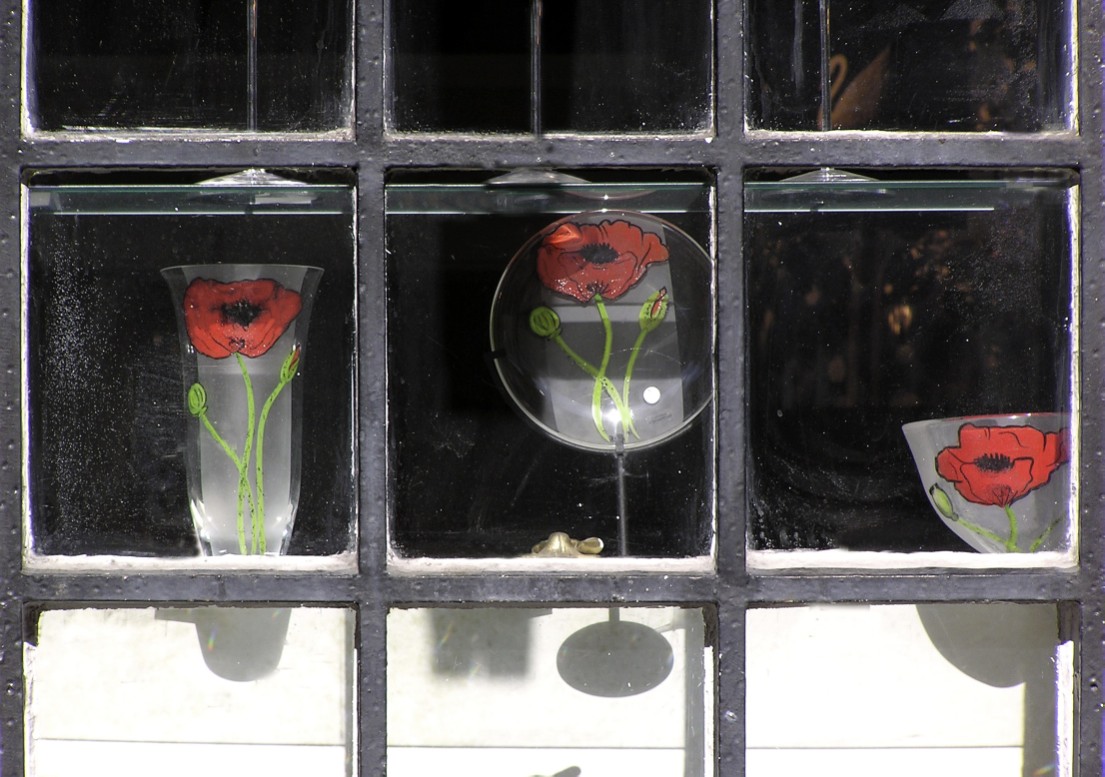
With specialization comes the potential for distinct and individual identities and roles. Initially, these individual identities and roles were assigned by the community (usually passed down from parents to children (one need only listen to Tevya in Fiddler on the Roof sing about “traditions”). However, with democratization, migration (intermixing of traditions) and movement beyond agriculture to industry there was less need (or desire) for roles to be assigned by the community. Individuals could take the initiative to improve their condition in the world (encouraged by the Protestant Ethic). The whole history of humankind (using Diamond’s analysis) can be described as a movement from external locus of control (hunters and gatherers), to a mixture of internal and external locus of control (agriculture: domestication of animals and plants), to an internal locus of control (industry: mass production).
Diamond takes his analysis further in examining the role to be played by language in the evolution of human societies. From Diamond’s perspective, Luft’s Quad One would be identified as the primary repository of a fundamental human invention—language. It is in Quad One that we communicate via spoken (and written) words. Like other animals, we communicate non-verbally through our body language (both Quad One and Quad Three). We save Quad One for our distinctly human capacity (both good and bad) to describe, plan, lie, insult and praise.
In a Hunter/Gatherer society, the same language is likely to be shared by all members of the hunter/gatherer group. If there is a lie, insult or plan, it is likely to be held in common by all members of the group. When a society moves toward agriculture and eventually toward industry, we find specialized and individualizing use of language. There is no longer a shared language; rather there are jargons and in-group idioms. We lie to others, hold secrets (Quad Three) and plan against (rather than with) other members of our society. Language becomes not the basis, primarily, for coordinated activities (as must be the case in a Hunter/Gatherer society), but instead the vehicle for isolation and differentiation. Language now encourages individualism rather than collective identity.
We can move beyond Diamond at this point in our analysis of individualism, bringing in the notion of premodern, modern and postmodern societies.[iv] As people throughout the world have moved away from premodern and modern societies, an even greater emphasis has been (and can be) placed on individual initiatives and there is even greater opportunity for individual accomplishments. A premodern society tends to rely on the cultivation or extraction of natural resources (agriculture, fishing, logging, mining, etc).








